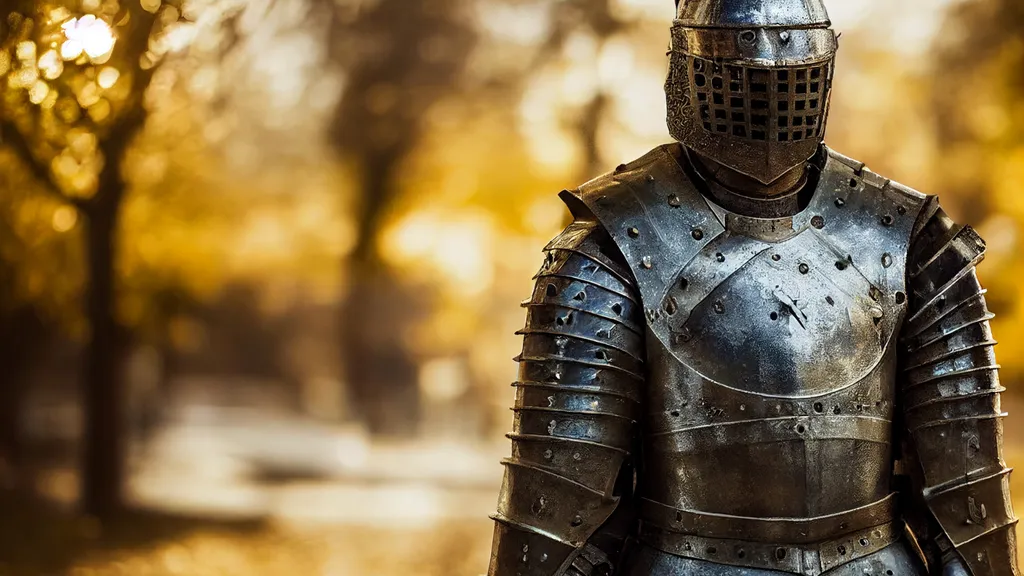The Fate of The Seven Kingdoms
The future on social media is much like the Game of Thrones. Right now, the only thing missing is a dragon.

Introduction
The final season of Game of Thrones is upon us, and fans are as excited as ever. But how does the fate of Westeros compare to the fate of social media? Well, I’ll tell you: it’s not looking good. Just like the show, we’re seeing a lot of death. And while some people may think that means our favorite apps and sites are dying out entirely—don’t be so quick to bury them just yet.
You may have heard of Facebook. It’s one of the most popular social media platforms, and it’s also the largest by far. I’m sure you’ve heard of Facebook before. And if you haven’t, then this is a good time to say that it was around before your grandma was even born!
That popularity makes sense: after all, what good is a social media platform if there are no people using it? If no one uses your product or service (in this case, Facebook), then why would anyone buy from you?
In short: if there were no users on Facebook…well…no one would be able to use their phone anymore because everyone who owns a smartphone has at least one account with them!
Twitter is the world’s largest public discourse platform. It’s a place for people to vent their frustrations, have political debates, share opinions, and share links to articles about whatever it is that they’re upset about.
Twitter allows you to interact with people all over the globe in real time. It gives you an opportunity to discuss topics that matter most to you at any given moment in time. For example: The Fate of The Seven Kingdoms!
Instagram is the most popular social media platform for millennials and Gen Z, with more than 1 billion monthly active users. It’s also the most popular social media platform among people aged 18-29, with a whopping 84% of this demographic using it on a daily basis.
It’s also easy to use: you don’t need to be tech-savvy or fluent in coding to create a profile and start posting images (although this does help). All it takes is an appetite for sharing your life with others through photos—and the willingness to engage in some serious hashtag research before hitting “post.”
Snapchat
Snapchat is the most popular social media platform in the world, with over 150 million daily active users. That’s about 10x as many users as Instagram (Instagram has a similar business model) and more than twice as many users as Twitter and Pinterest (which have similar marketing strategies).
The unique user experience of Snapchat is what makes it so attractive to brands. Users can post photos or video clips that disappear after 24 hours, but they can also send messages that last for up to 10 seconds before vanishing forever (this feature is known colloquially as “snapping”). It’s all part of an ongoing effort to make Snapchat feel like less of an online experience and more like real life; instead of broadcasting your intimate moments to strangers, you’re sharing them with friends who are right there next to you in person—or at least virtually so.
In addition to this unique functionality–and unlike other social platforms–Snapchat does not allow advertising within its main app yet allows users access through something called Stories. This means that ad dollars aren’t flowing into its coffers quite yet; instead they’re going towards content creators who want their work on display for free with no revenue share from Snap itself!
YouTube
YouTube is the most popular social media platform in existence, with more than a billion users. It’s also the second most visited website in the world and owned by Google. YouTube started as a video-sharing platform back in 2005, so clearly it has been around for quite some time—far longer than any of us have been alive!
The Future On Social Media Is Much Like The Game Of Thrones. Right Now, The Only Thing Missing Is A Dragon.
I’m not the first to notice that social media is a lot like Game of Thrones, but it’s worth repeating. Social media is a place where people are fighting for power, influence, attention and survival. Battle lines are being drawn between brands and influencers; consumers and corporations; employees and employers; friends and foes. And just like in Westeros, we can’t get enough of it—whether that’s watching someone else fight or joining in ourselves.
But unlike Game of Thrones’ Seven Kingdoms (who have actual dragons), we don’t yet have a clear winner in this battle for the digital realm—and until we do there will be no rest from the warring factions vying for control over our hearts, minds and wallets online!
Conclusion
So what will happen to the seven kingdoms of social media? Will they merge into one realm? Will they break apart into smaller fiefdoms and duchies? Only time will tell.
This entire post was written while testing copy.ai for an upcoming newsletter. Surprised? Me, too.

